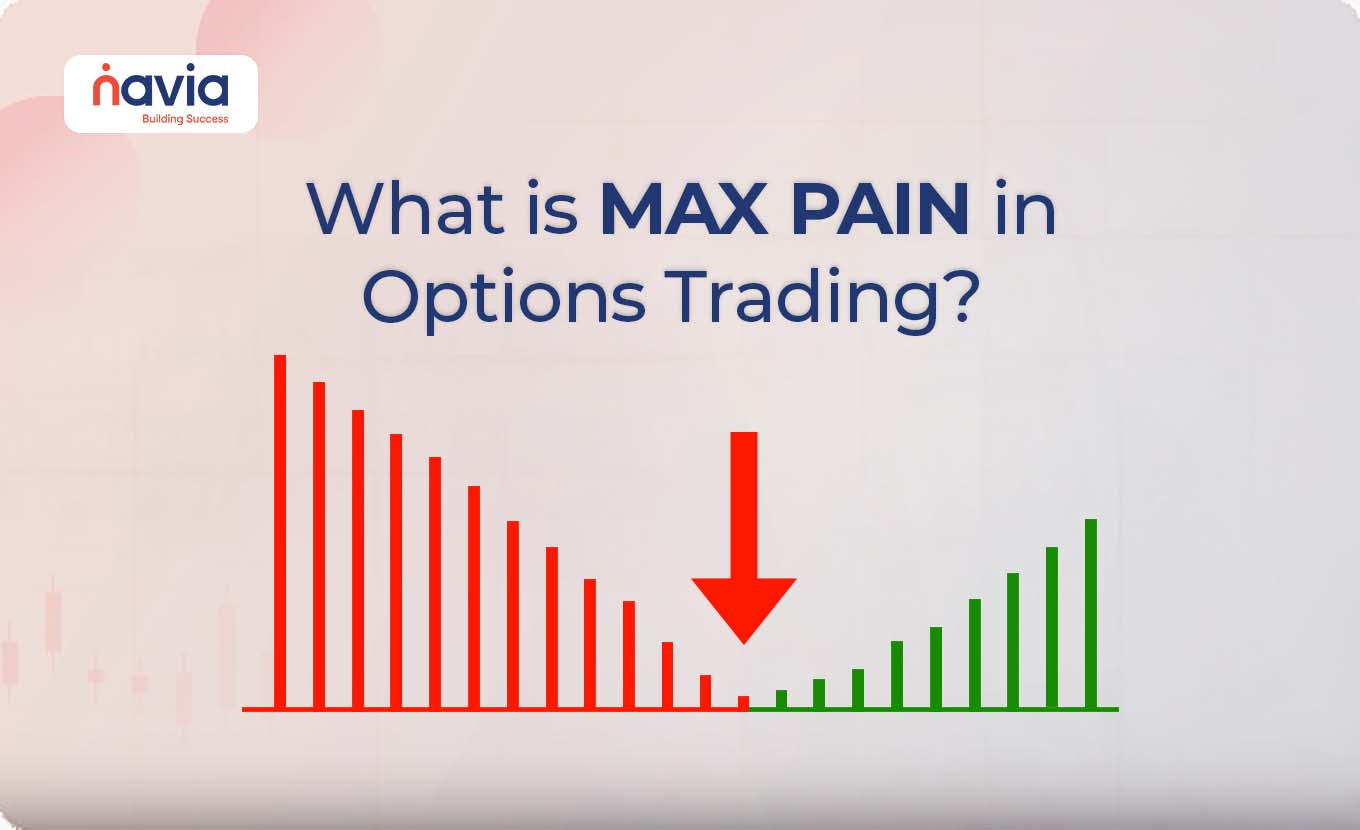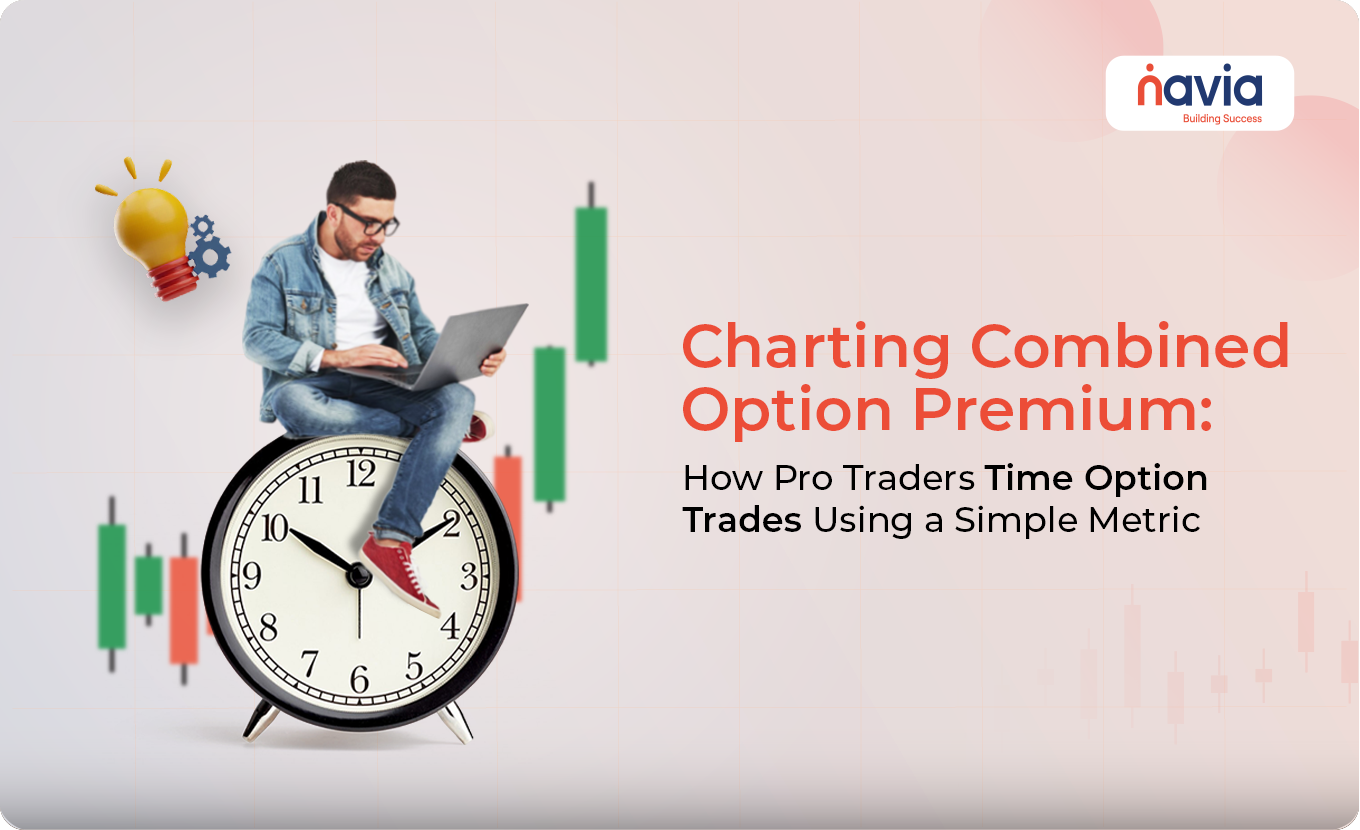Using Options as a Stop Loss Strategy for Your Investments: A Comprehensive Guide

In the world of investing, managing risk is just as important as identifying opportunities. One of the most effective ways to protect your investments from significant losses is by implementing a stop loss strategy. Traditionally, stop loss orders are used to sell a security when it reaches a certain price, thereby limiting potential losses. However, options can be a powerful and flexible alternative to traditional stop loss strategies, offering investors a way to manage risk more effectively while still participating in potential upside gains. In this blog, we’ll explore how to use options as a stop loss strategy, providing easy-to-understand examples and discussing how the Navia Mobile App can enhance your options trading experience.
What is a Stop Loss Strategy?
A stop loss strategy is designed to limit an investor’s losses by automatically selling a security when it reaches a predetermined price level. This strategy is commonly used in equity trading to protect against significant price declines. However, using options as a stop loss strategy can offer more flexibility and additional benefits, such as the potential to continue participating in upward price movements.
Why Use Options as a Stop Loss Strategy?
Using options as a stop loss strategy offers several advantages over traditional stop loss orders:
1. Protection with Flexibility: Options allow you to set a floor on potential losses without automatically selling your underlying asset. This means you can continue to benefit from potential price increases.
2. Cost-Effective Hedging: Options can be more cost-effective than outright selling your securities, especially if you expect the price to recover after a temporary dip.
3. Customized Risk Management: Options strategies can be tailored to your specific risk tolerance, investment horizon, and market outlook.
How to Use Options as a Stop Loss Strategy
There are several options strategies that can be used as a stop loss mechanism, each with its own characteristics and benefits. Let’s explore some of the most popular strategies.
1. Protective Put
A Protective Put is one of the most straightforward options strategies used for risk management. It involves buying a put option on a stock or security that you already own. The put option gives you the right to sell the stock at a predetermined strike price, providing a safety net if the stock price falls.
How It Works:
You Own the Stock: Suppose you own 100 shares of a stock currently trading at ₹1,000 per share.
Buy a Put Option: You purchase a put option with a strike price of ₹950 for a premium of ₹20 per share. This put option gives you the right to sell your shares at ₹950, regardless of how low the market price falls.
Example of a Protective Put
| Scenario | Stock Price | Put Option Strike Price | Premium Paid | Outcome |
| Stock Price Rises to ₹1,100 | ₹1,100 | ₹950 | ₹20 | The put option expires worthless, but you benefit from the stock’s price increase, net of the ₹20 premium. |
| Stock Price Falls to ₹900 | ₹900 | ₹950 | ₹20 | You exercise the put option, selling your shares at ₹950, limiting your loss to ₹70 per share (₹50 + ₹20 premium). |
Benefits:
➝ Limits your downside risk while allowing you to participate in any upside gains.
➝ Provides peace of mind during volatile market conditions.
Drawbacks:
➝ The cost of the premium reduces your overall profit if the stock price rises.
➝ If the stock doesn’t decline significantly, the put option may expire worthless.
2. Collar Strategy
A Collar Strategy is another popular way to use options as a stop loss. It involves holding the underlying asset, buying a protective put, and simultaneously selling a call option at a higher strike price. The premium received from selling the call option offsets the cost of the put option, reducing the overall cost of the hedge.
How It Works:
You Own the Stock: Suppose you own 100 shares of a stock currently trading at ₹1,000 per share.
Buy a Put Option: You purchase a put option with a strike price of ₹950 for a premium of ₹20 per share.
Sell a Call Option: You sell a call option with a strike price of ₹1,050 for a premium of ₹20 per share. This call option obligates you to sell your shares at ₹1,050 if the stock price rises above this level.
Example of a Collar Strategy
| Scenario | Stock Price | Put Option Strike Price | Call Option Strike Price | Premium Received/Paid | Outcome |
| Stock Price Rises to ₹1,100 | ₹1,100 | ₹950 | ₹1,050 | ₹0 | The call option is exercised, and you sell your shares at ₹1,050. You keep the premium received, resulting in a profit of ₹50 per share. |
| Stock Price Falls to ₹900 | ₹900 | ₹950 | ₹1,050 | ₹0 | You exercise the put option, selling your shares at ₹950. Your loss is limited to ₹50 per share. |
Benefits:
➝ Protects against downside risk while allowing for limited upside potential.
➝ The premium received from the call option can fully offset the cost of the put option, creating a cost-neutral hedge.
Drawbacks:
➝ Limits your potential profit if the stock price rises significantly.
➝ Requires careful selection of strike prices to balance risk and reward.
3. Married Put
A Married Put is similar to a protective put, but in this case, the put option is purchased simultaneously with the stock, rather than on an existing stock position. This strategy is often used when buying a stock that you believe has strong upside potential but may face short-term volatility.
How It Works:
Buy the Stock: Suppose you decide to buy 100 shares of a stock at ₹1,000 per share.
Buy a Put Option: At the same time, you buy a put option with a strike price of ₹950 for a premium of ₹20 per share. This put option acts as insurance for your new stock purchase.
Example of a Married Put
| Scenario | Stock Price | Put Option Strike Price | Premium Paid | Outcome |
| Stock Price Rises to ₹1,100 | ₹1,100 | ₹950 | ₹20 | The put option expires worthless, but you benefit from the stock’s price increase, net of the ₹20 premium. |
| Stock Price Falls to ₹900 | ₹900 | ₹950 | ₹20 | You exercise the put option, selling your shares at ₹950, limiting your loss to ₹70 per share (₹50 + ₹20 premium). |
Benefits:
➝Provides immediate downside protection upon purchasing the stock.
➝Ideal for volatile stocks with high potential returns.
Drawbacks:
➝The cost of the premium reduces your overall profit if the stock price rises.
➝The put option may expire worthless if the stock doesn’t decline.
Using Navia Mobile App for Better Option Trading
The Navia Mobile App is an excellent tool for implementing options as a stop loss strategy effectively. Here’s how you can use the app to enhance your trading experience:
1. Real-Time Data: Access real-time stock and option prices to make informed decisions when setting up your stop loss strategies.
2. Option Calculator: Use the app’s option calculator to simulate different scenarios and calculate the potential outcomes of your options strategies, helping you choose the right strike prices and expiration dates.
3. Strategy Builder: Navia’s strategy builder feature allows you to create and test various options strategies, including protective puts, collars, and married puts, to see which best suits your investment needs.
4. Portfolio Tracking: Monitor the performance of your options strategies in real-time, track your P&L, and make adjustments as necessary to ensure your stop loss strategy is working as intended.

Summary Table: Options as a Stop Loss Strategy
| Strategy | Stock Price | Put Option Strike Price | Call Option Strike Price | Premium | Outcome if Stock Rises | Outcome if Stock Falls |
| Protective Put | ₹1,000 | ₹950 | N/A | ₹20 | Put option expires worthless, stock appreciates | Put option exercised, sell at ₹950, limited loss |
| Collar | ₹1,000 | ₹950 | ₹1,050 | ₹0 | Stock sold at ₹1,050, keep premium | Put option exercised, sell at ₹950, limited loss |
| Married Put | ₹1,000 | ₹950 | N/A | ₹20 | Put option expires worthless, stock appreciates | Put option exercised, sell at ₹950, limited loss |
Conclusion
Using options as a stop loss strategy provides investors with a powerful tool to manage risk while still participating in potential upside gains. By understanding how to implement strategies like protective puts, collars, and married puts, you can protect your investments from significant losses and navigate volatile markets with greater confidence.
The Navia Mobile App offers a range of features to help you implement these options strategies effectively, including real-time data, an option calculator, and a strategy builder. Whether you’re a beginner or an experienced trader, leveraging these tools can enhance your ability to manage risk and achieve your financial goals. Happy trading!
We’d Love to Hear from you-
DISCLAIMER: Investments in the securities market are subject to market risks, read all the related documents carefully before investing. The securities quoted are exemplary and are not recommendatory. Brokerage will not exceed the SEBI prescribed limit.





